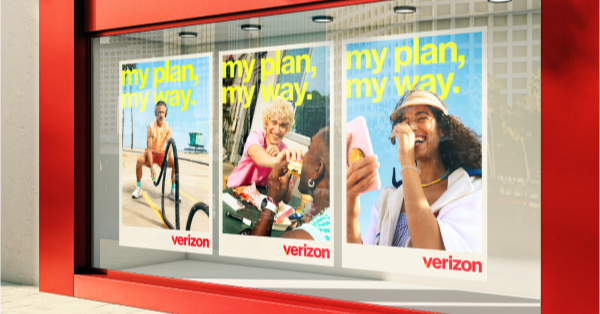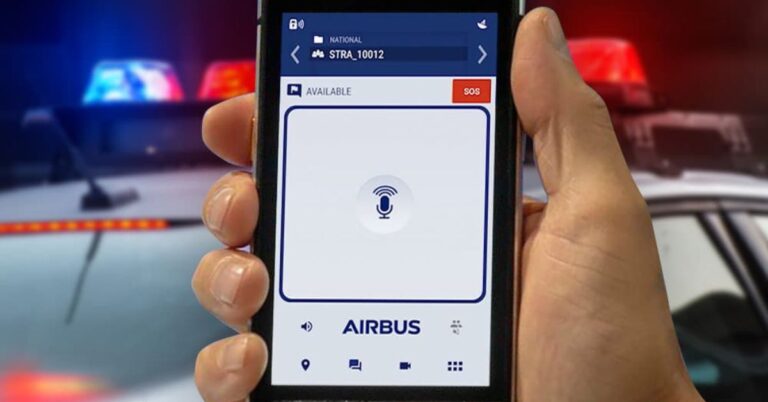Ericsson Mobility Report: 5G differentiated connectivity moves from pilots to products
Ericsson’s latest Mobility Report points to a clear shift: operators are turning 5G capabilities into differentiated, SLA-backed services rather than just selling more data at higher speeds.
Why differentiated 5G connectivity matters now
After years of building coverage and capacity, 5G networks are mature enough to commercialize features like guaranteed latency, uplink boosts, and application-aware prioritization. The catalysts are in place: more 5G Standalone (SA) cores, rising traffic from video creation and immersive apps, and enterprise demand for predictable performance across sites and clouds. At the same time, GSMA Open Gateway APIs and CAMARA standardization are giving developers a path to request network quality on demand. The net result is momentum behind premium, differentiated connectivity that can be priced, assured, and exposed to partners.
Signals that 5G adoption is accelerating
Operators in Asia, Europe, and North America are rolling out premium “5G Advanced” consumer plans, live network slicing for broadcast and enterprise VPNs, and QoS-on-demand offers for events and stadiums. Private and hybrid 5G footprints are expanding, and fixed wireless access (FWA) continues to capture broadband share—often enabled by mid-band 5G with capacity tiers and traffic prioritization. While consumer AR/VR remains niche, creator economy uplink demand and cloud gaming are practical near-term drivers for prioritized, low-jitter mobile service tiers.
Technology enablers: 5G SA to 5G-Advanced
The step-change comes from Standalone cores, modern RAN features, and analytics-driven assurance maturing together.
5G SA cores, network slicing, and assurance analytics
5G SA unlocks per-slice policy, user plane placement at the edge, and enterprise-grade security domains. RAN slicing and QoS flow management let operators map application needs to radio resources, while NWDAF, service assurance probes, and telemetry bring real-time visibility to latency, jitter, and packet loss. With these, CSPs can turn “best effort” into enforceable SLAs. Early 5G RIC deployments are improving spectral efficiency and dynamic QoS, a key ingredient for profitable guarantees at scale.
5G devices and standards are catching up
3GPP Release 18 (the first 5G-Advanced release) strengthens uplink, positioning, and mobility while enhancing RedCap for lighter, lower-cost 5G devices. RedCap opens differentiated tiers for wearables, sensors, and industrial endpoints that need better performance than LTE-M/NB-IoT but not full 5G complexity. Time Sensitive Networking (TSN) interworking and sidelink features widen the industrial and automotive addressable market. As more flagship and mid-tier handsets ship with SA and slicing support, consumer-grade differentiation becomes viable beyond niche models.
Monetization: enterprise-first, consumer-follow
New revenue will skew to B2B and B2B2X, with targeted consumer tiers as add-on ARPU.
Enterprise and B2B2X 5G use cases
Manufacturers want deterministic latency for robotics and machine vision, logistics providers need resilient coverage and asset tracking across yards and warehouses, and broadcasters are replacing satellite trucks with uplink-prioritized contribution using public 5G slices. Retailers and venues are adopting hybrid private/public 5G for in-store analytics and guest connectivity, often with local breakout and onsite UPFs. Automotive players are testing connected car diagnostics and software updates with QoS guarantees. These are ripe for outcome-based pricing tied to availability, latency, and throughput SLAs.
Consumer 5G monetization that can work
Premium 5G plans are evolving beyond “speed tiers” to application-centric benefits: low-latency gaming modes, video uplink boosts for streaming and live commerce, and event-based passes (concerts, sports, festivals) with temporary prioritized access. FWA is a bright spot, with capacity-aware tiers and intelligent traffic prioritization enabling competitive home broadband—especially where fiber is limited. Bundling cloud gaming, security, and Wi‑Fi upgrades helps justify modest ARPU lifts.
Challenges: operations, charging, and federation
Differentiation only monetizes if it can be delivered and proven consistently, across devices, domains, and partners.
Assurance and SLA-as-code for 5G
Operators need closed-loop assurance tied to service definitions: translate policy to the RAN and core, verify performance continuously, and trigger remediation or credits automatically. That requires tight integration of NWDAF analytics, observability data, service orchestration, and converged charging. Without SLA proof—latency distributions, admitted throughput, packet loss—buyers won’t pay a premium. Making SLAs programmable (and reportable) is the difference between pilots and product revenue.
Cross-operator consistency and QoS API ecosystems
Developers will only build to QoS APIs if behavior is predictable across networks and borders. GSMA Open Gateway and CAMARA are critical to unify API semantics for QoS on demand, device status, location, and fraud prevention. Roaming requires consistent slice mapping and policy across operators. Neutral host and shared infrastructure models complicate, but also enable indoor and campus coverage with consistent SLAs. Net neutrality rules vary by market; application-aware prioritization must be framed transparently and compliantly.
Strategic 5G moves for 2025 planning
Prioritize Standalone coverage where enterprise demand is highest and deploy local UPFs in top industrial and metro zones to shorten round-trip paths. Productize a small catalog of differentiated services: enterprise slices with clear KPIs (latency, jitter, guaranteed uplink), event-based QoS packages, and FWA tiers with defined busy-hour performance. Expose capabilities via GSMA Open Gateway-compliant APIs in partnership with hyperscalers (AWS Wavelength, Azure Public MEC, Google Distributed Cloud) and integrators to reach B2B2X buyers. Invest in end-to-end assurance and converged charging so you can price, meter, and settle SLAs—domestically and with roaming partners. Work with device OEMs to certify slice and uplink features on mid-tier handsets and RedCap modules to expand the addressable base. For in-building and campuses, expand neutral host and private-hybrid offers to de-risk coverage while keeping SLAs consistent.
What to watch in 2025
Adoption will hinge on SA expansion, device readiness, and standardized exposure.
Commercial 5G-Advanced features to watch
Expect early Release 18 capabilities—uplink enhancements, positioning, advanced carrier aggregation—to appear in high-end devices and dense urban cells, improving the business case for prioritized uplink and XR trials. Follow operator timelines for SA expansion into mid-band layers; this is foundational for consistent differentiated offers.
Network slicing at scale and roaming
Watch for multi-operator slicing pilots that prove cross-border QoS and commercial settlement. Live broadcaster, venue, and smart factory references from European and Asia-Pacific carriers will signal readiness to scale.
GSMA Open Gateway API traction
Monitor how quickly operators move from sandbox to paid usage for QoS-on-demand and device status APIs, and how hyperscaler MEC marketplaces bundle these into enterprise solutions. Success stories from Vodafone, Telefónica, Deutsche Telekom, Singtel, Telstra, Verizon, AT&T, and NTT DOCOMO will shape buyer confidence.
RedCap device availability and IoT tiers
As RedCap modules and gateways proliferate, expect differentiated mid-tier IoT plans (latency-reliable vs. throughput-optimized) to open new B2B segments, especially in video sensors, wearables, and light industrial automation.
The bottom line: the industry finally has the network, standards, and ecosystem alignment to sell performance, not just bandwidth—operators that execute on SA, assurance, and APIs will be first to monetize differentiated connectivity at scale.









































